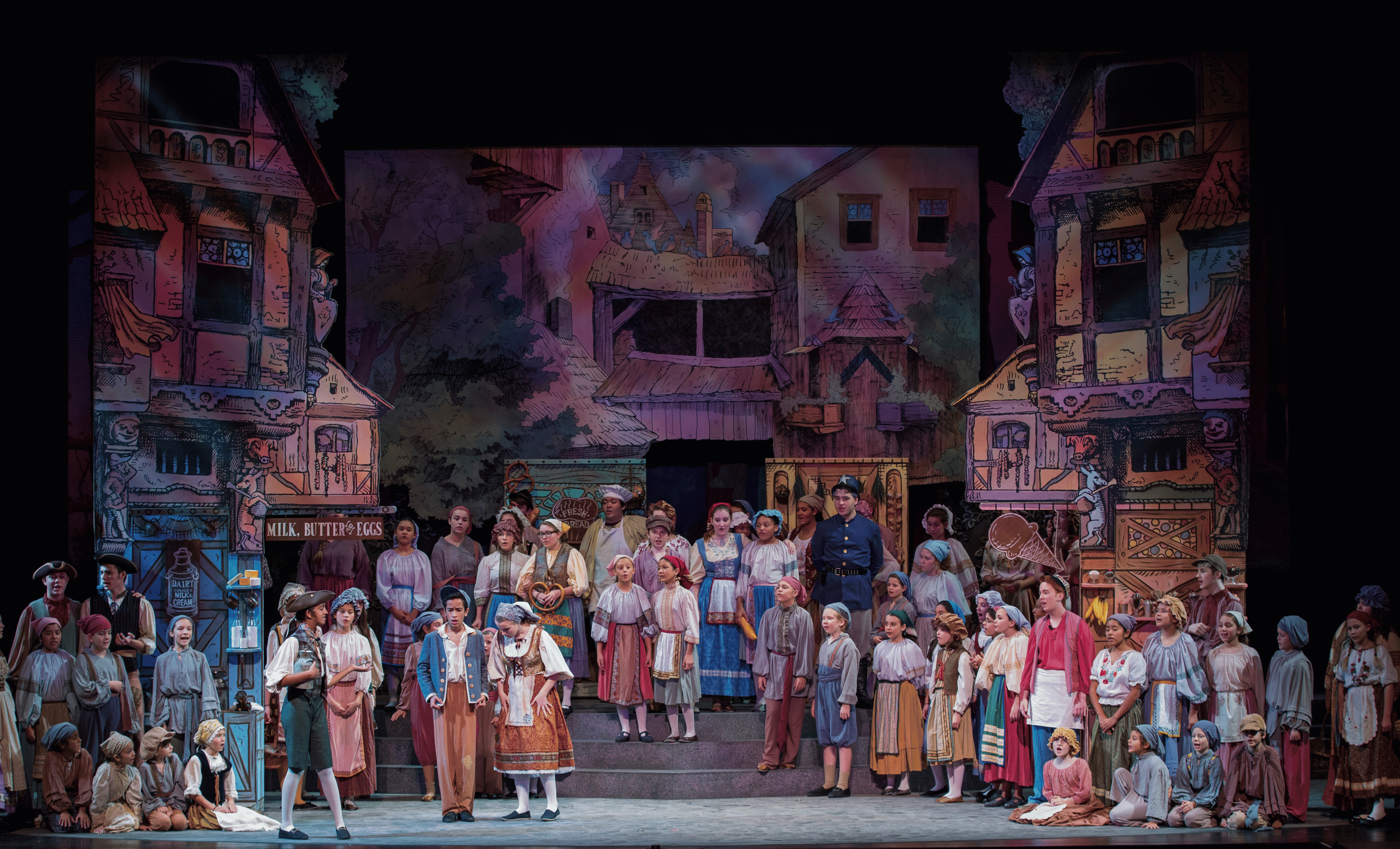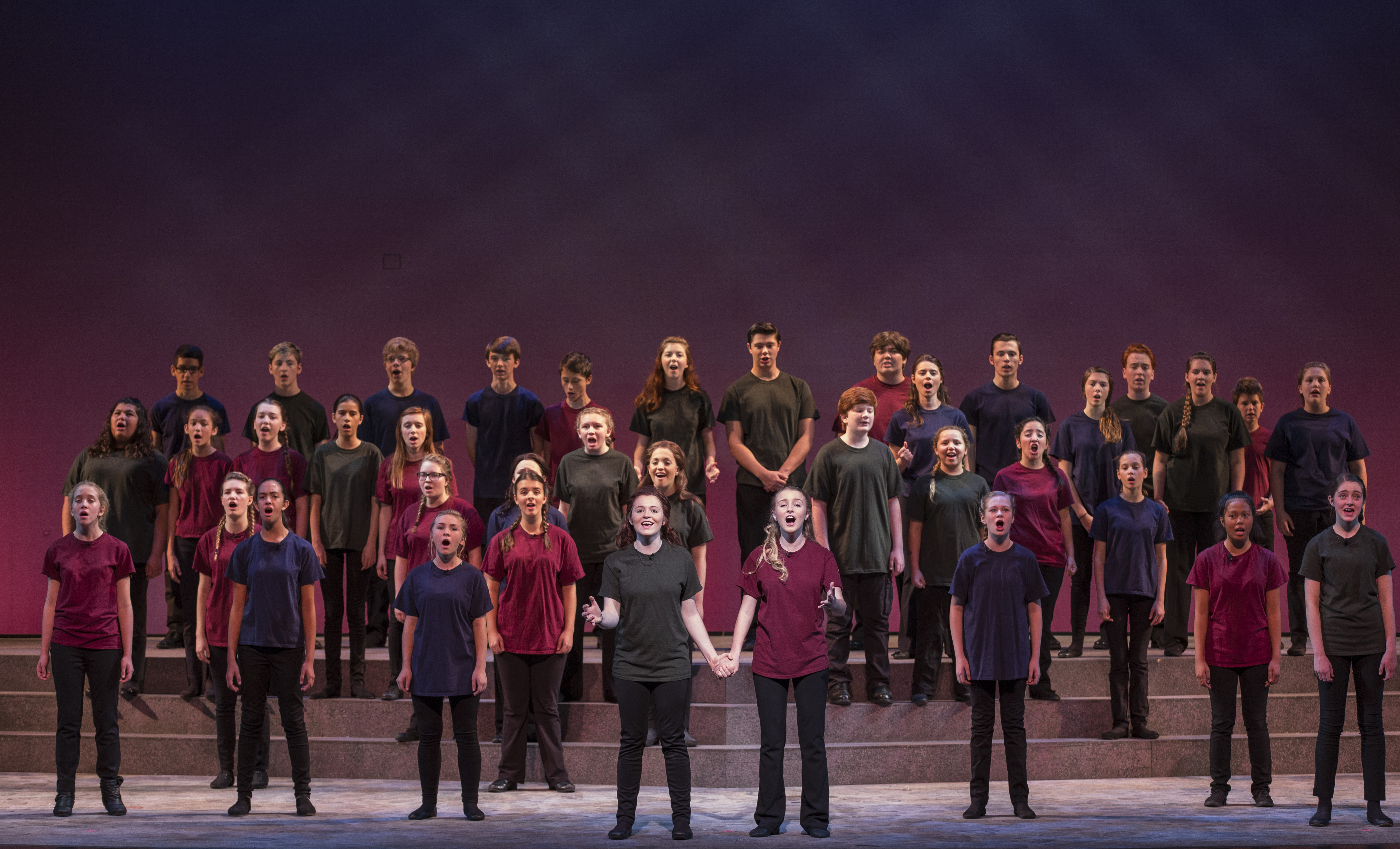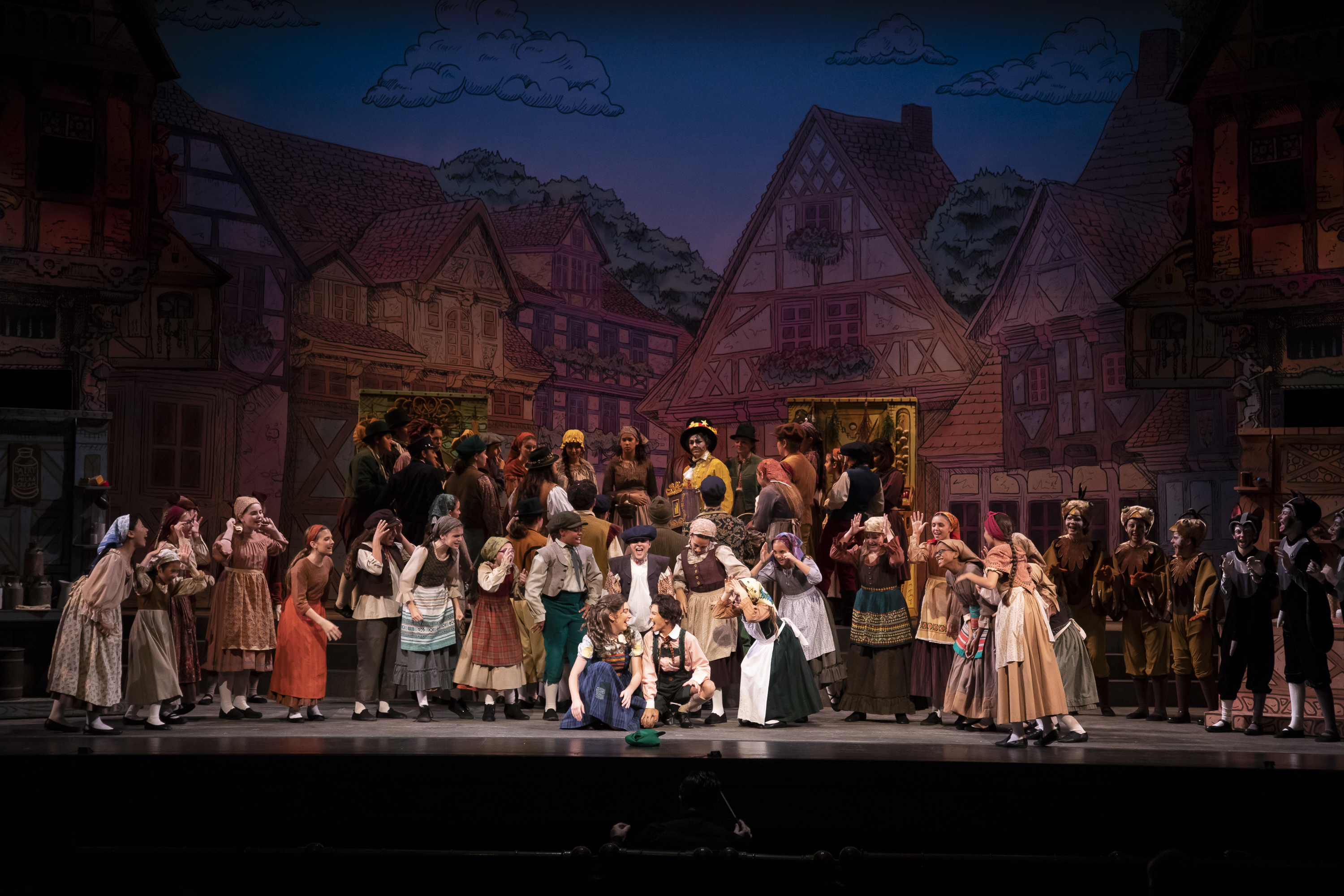
BRUNDIBÁR BACKGROUND NOTES
ABOUT BRUNDIBÁR
Written before the start of World War II, Brundibár was performed over 55 times in the Theresienstadt Jewish camp-ghetto and is considered one of the most performed youth operas, recieving hundreds of performances each year around the world. Also known as Terezín, the camp-ghetto supported a cultural community amidst the atrocities of the Holocaust. Brundibár was even used several times by the Nazis as propaganda, fist in a film entitled "Der Führer schenkt den Juden eine Stadt" (The Führer Gives the Jews a City) and again on June 23, 1944 during an inspection visit by the International Red Cross.The plays, music, poems, paintings, and other works of arts created by the prisoners of Terezín which survive today are a testament to how art, as one survivor wrote, "transcended itself and acquired a dimension of sheer survival."
Composer Hans Krása and librettist Adolf Hoffmeister originally wrote Brundibár as an entry for a children's opera competition organized by Czechoslovakian government in 1939. The results of the competition were never announced and a 1941 attempt to perform the work at the Prague Jewish Orphanage was thwarted as martial law and deportations began.
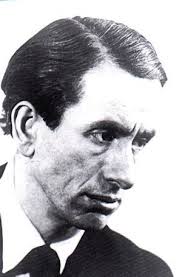
A production without orchestra took place August 1942 at the Jewish Children’s Home, Hagibor. However, neither author was there to see the performance since Krása had already been deported to Terezín and Hoffmeister, thanks to Brundibár, had received an invitation to London and returned to Czechoslovakia only after the liberation.
The following June, Rudolf Freudenfeld, stage director of the Hagibor performance, smuggled the piano score into Terezín and Krása set about re-orchestrating the work for available instruments. Vedem, a secret magazine created by a group of about 100 boys ages 13 to 15, chronicled the start of rehearsals:
The first rehearsals were mostly boring. They were held in a dusty attic with a screeching harmonium and suffocating heat. The choir sang “This is little Pepiček…” twice, learned another verse, repeated “Brundibár defeated…” and then gladly escaped the stifling atmosphere to get a breath of fresh air. In the meantime the candidates for solo parts stood with trembling voices before the sweating Rudi (Rudolf Freudenfeld) and sang “la la la la la” after him. We were on tenterhooks to know who would get what parts and who would say a few more words than anyone else on stage. (Rudolf Lauf)
Brundibár received its official premiere on September 23, 1943, in the attic hall of the Magdeburg barracks. In the 54 official and countless unofficial performances that would follow the cast continually changed as people were deported to the extermination camps. Krása would compose several more works in Terezín, including his Overture for Small Orchestra, before his own death in Auschwitz on October 16, 1944.
The opera all but disappeared after WWII until Joža Karas, a professor at the University of Hartford, became acquainted with Terezín survivor Eliška Kleinová. Using a piano reduction and complete score provided by Kleinová, Karas created a transcription and English translation for the work’s North American premiere in Ottawa, Canada, in 1977.
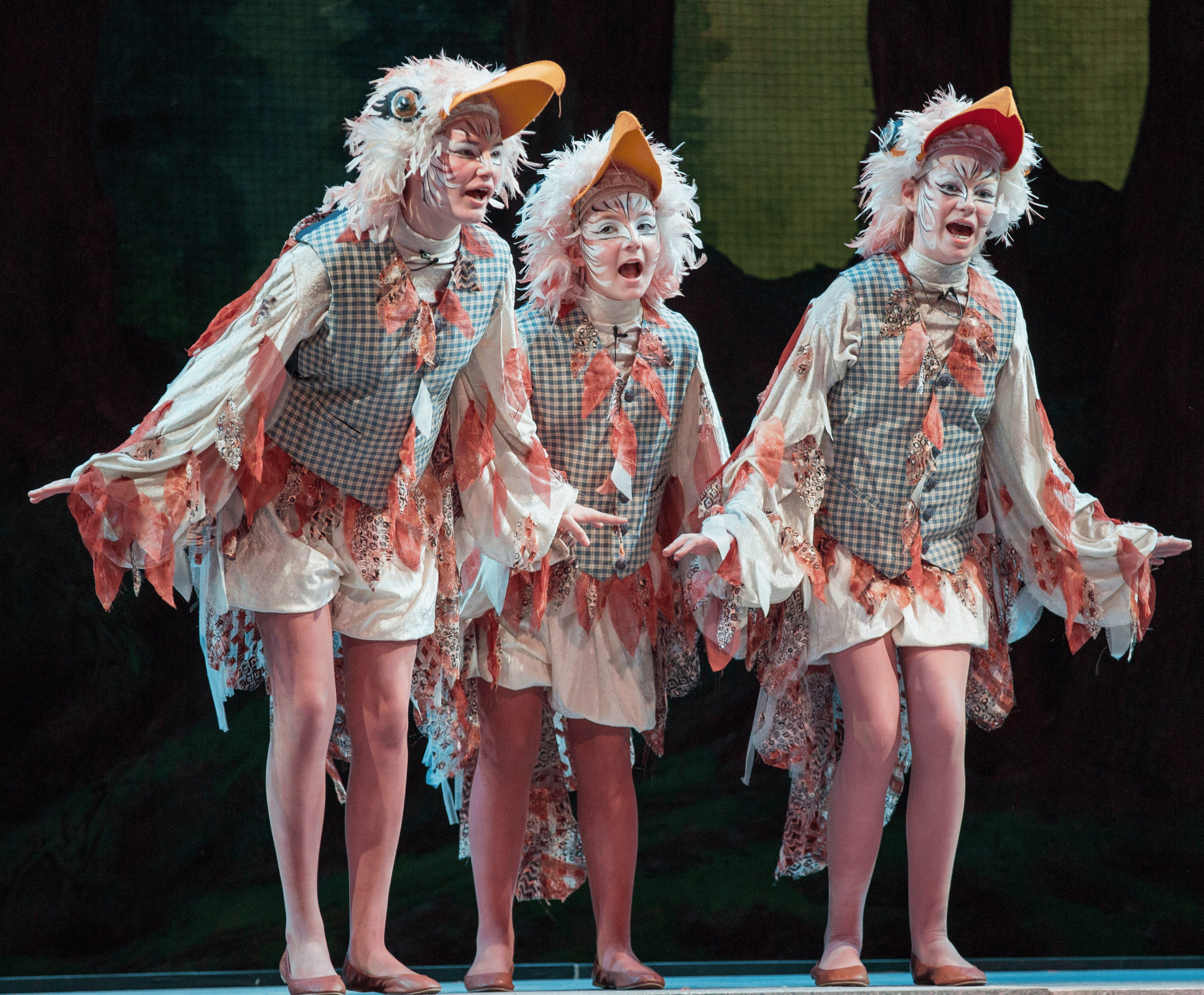
ABOUT RAISE UP YOUR VOICE
By Martha Collins and Jessé Martins
When we first began our research into Brundibár, we were profoundly moved by the history surrounding the work – that of it having been performed by children in the Terezin camp-ghetto. As we delved more into the lives and writings of these young artists, most of whom did not survive the Nazi regime, we became deeply inspired and humbled to learn they strove to stay creative artistically under such prohibitive conditions. It quickly became imperative to us that the companion piece we would create to go with Brundibár not use words and stories created by us, but rather the actual words of young people. The search led us to the diaries and letters of children throughout the world, written while they were living through the challenges of intolerance in its many forms.
In 1948, Winston Churchill said “Those who fail to learn from history are condemned to repeat it.” We can learn from wisdom beyond their years in the words of these young people who were questioning the world that adults had created; these children who were able to see the world through a lens of what life could be when not limited by hatred.
